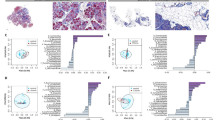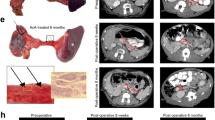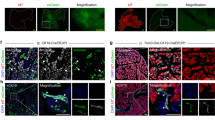Abstract
So for as we are aware no data of the dependence on body temperature of output of pancreatic enzyme have been published, in spite of the connexion of this phenomenon with the treatment of acute pancreatitis. From the well-known facts that enzyme secretion depends on oxygen consumption of the gland and that the rate of oxygen consumption is proportionately diminished with the decrease of body temperature, it would logically follow that pancreatic enzyme secretion was reduced in general hypothermia. Several years ago we performed some experiments on dogs with duodenal intubation to discover if this was really the case. The results suggested that with lowering body temperature to between 31° and 29° C the enzyme activity of duodenal juice was even more reduced than expected; then between 26° and 21° C excretion stopped. The composition of juice appeared to be normal except for a slight downward shift of the pH (ref. 1). Similar observations were made on a few hypothermic patients, as the duodenal juice aspirated through the suction tube seemed to be reduced in volume and activity but normal in composition at body temperatures between 32° and 28° C. The question, however, arose whether owing to lack of intestinal motion at these temperatures the aspirated juice was freshly excreted by the pancreas. There was little doubt about the reduction of volume output being true; but the question remained open as to the rate of both this reduction and that of enzyme synthesis, and whether the single enzymes were affected in an identical fashion by lowering the body temperature. We have now investigated this problem in the rat.
This is a preview of subscription content, access via your institution
Access options
Subscribe to this journal
Receive 51 print issues and online access
$199.00 per year
only $3.90 per issue
Buy this article
- Purchase on SpringerLink
- Instant access to full article PDF
Prices may be subject to local taxes which are calculated during checkout
Similar content being viewed by others
References
Véghelyi, P. V., in Ciba Symp. Exocrine Pancreas, edit. by de Reuck, A. V. S., and Cameron, M. P., 146 (Churchill, London, 1962).
Véghelyi, P. V., and Kemény, T. T., ibid., 329.
Peter, E. T., Bernstein, E. F., Sosin, H., Madsen, A. J., Walder, A. I., and Wangensteen, O. H., J. Amer. Med. Assoc., 181, 98 (1962).
Author information
Authors and Affiliations
Rights and permissions
About this article
Cite this article
VÉGHELYI, P., KEMÉNY, T., ZSINKA, A. et al. Pancreatic Function in Hypothermia. Nature 200, 478 (1963). https://doi.org/10.1038/200478a0
Issue date:
DOI: https://doi.org/10.1038/200478a0



